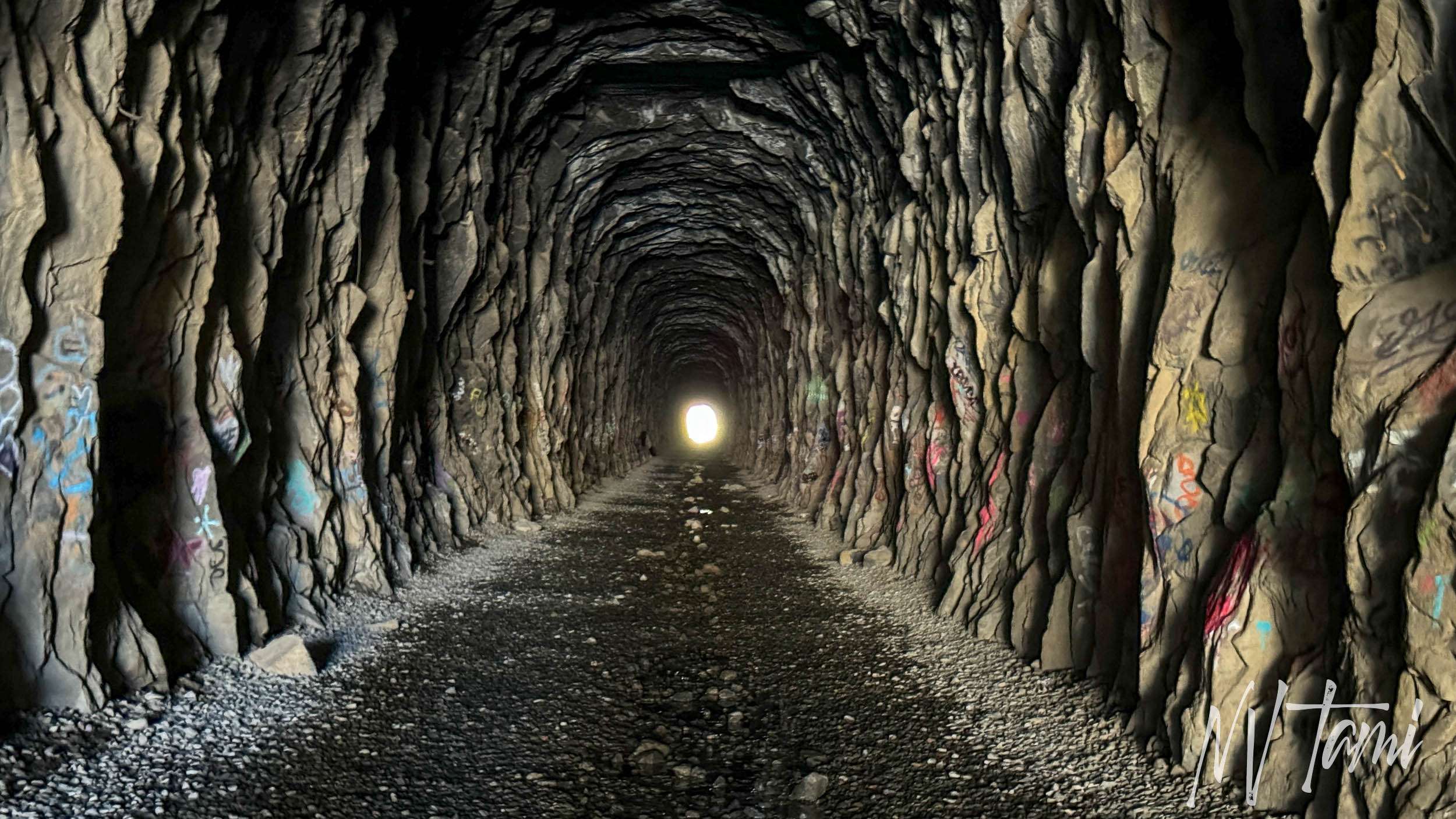
On Sunday, I traveled I-80 from Reno to Truckee to re-photograph sites for In the Shadow of the Sierra. I couldn’t have asked for a better day; it was clear and sunny, and there was a nip of fall in the air. Along with Nevada Expeditions, we stopped at a few places, ending at Donner Pass.
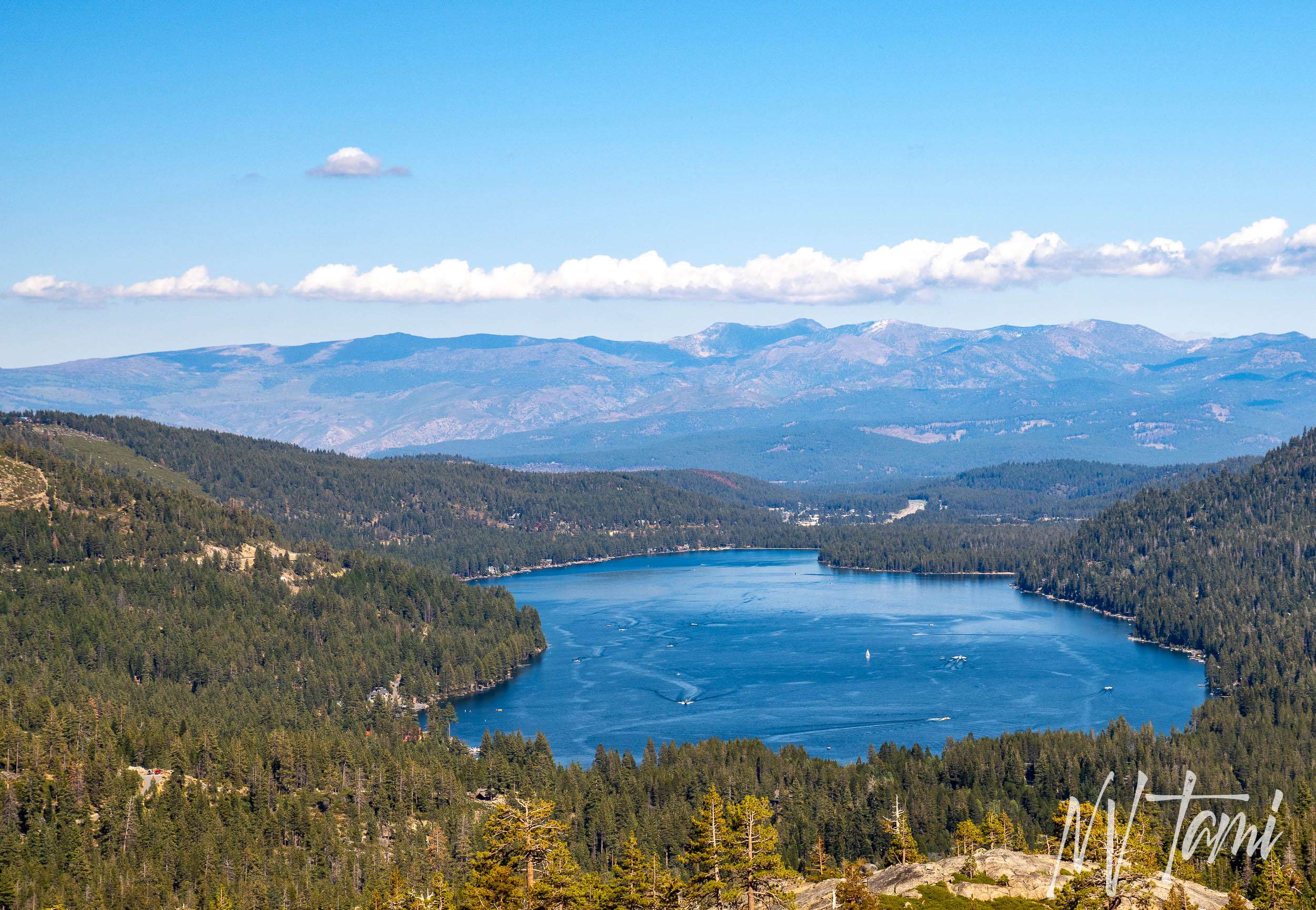
Farad Powerhouse
At the turn of the century, Reno and Sparks were powered solely by four hydroelectric plants along the Truckee River. Farad is the oldest power plant on the eastern Sierra. It was built in 1899 to Power the Comstock mills.
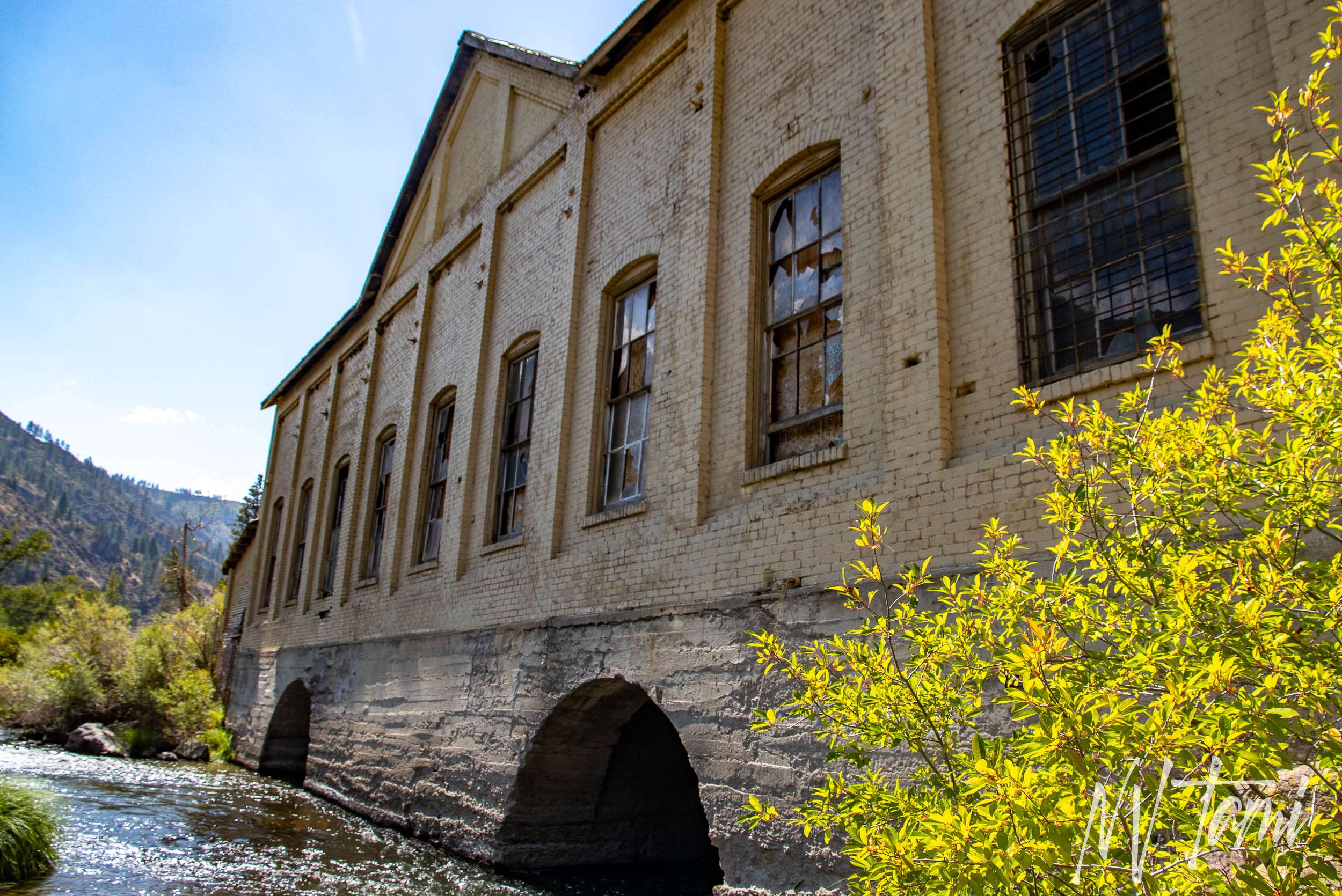
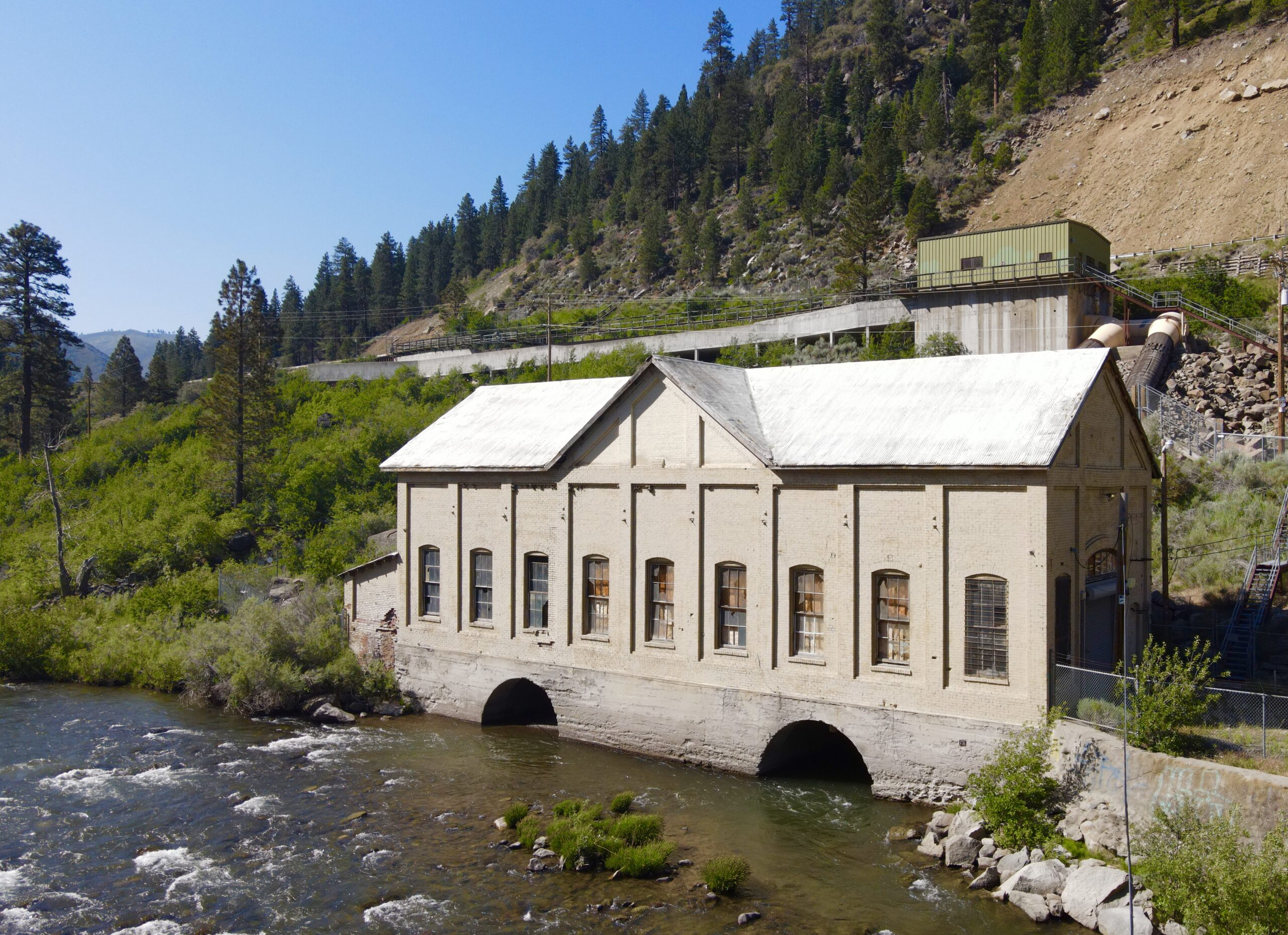
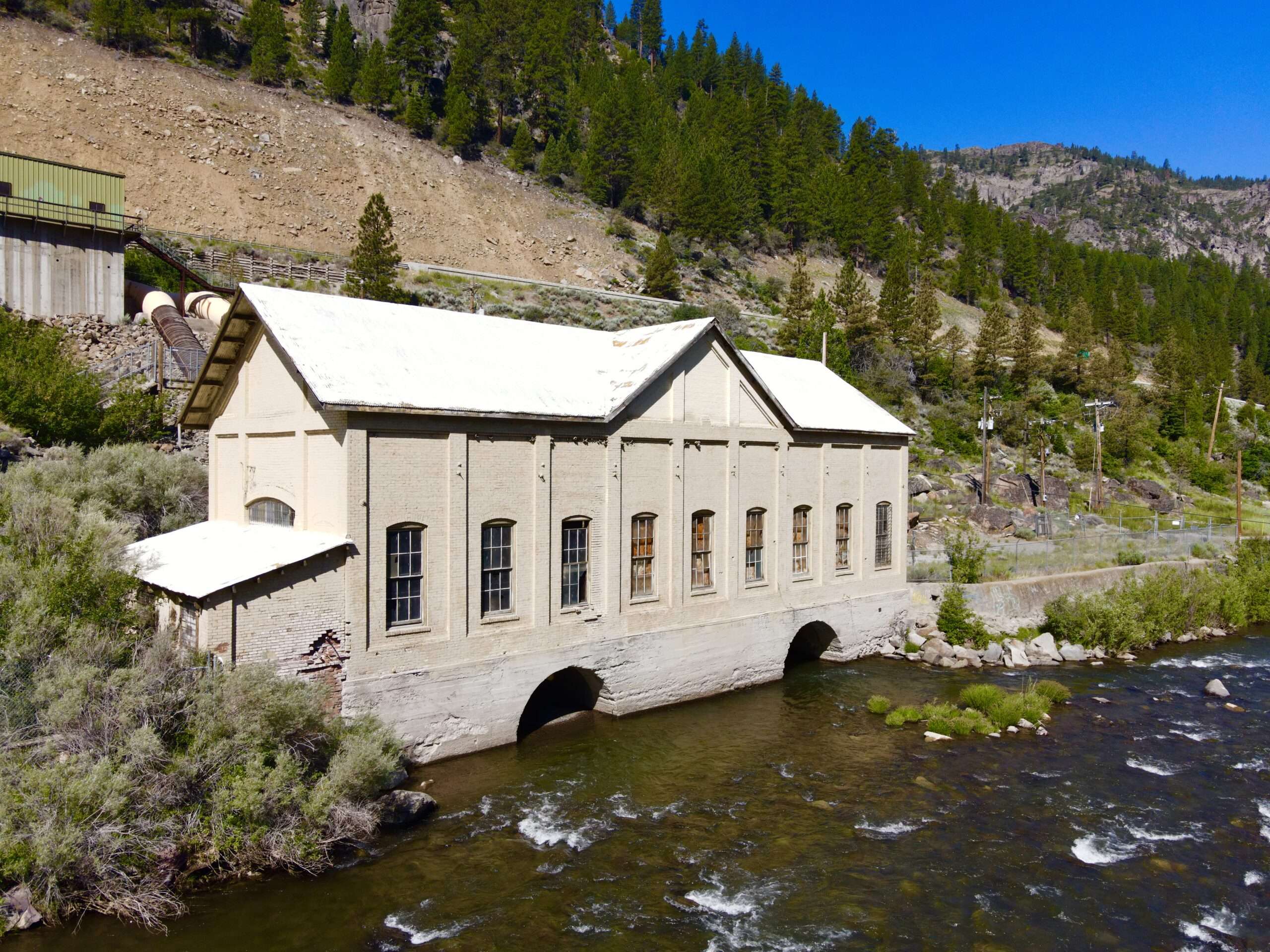
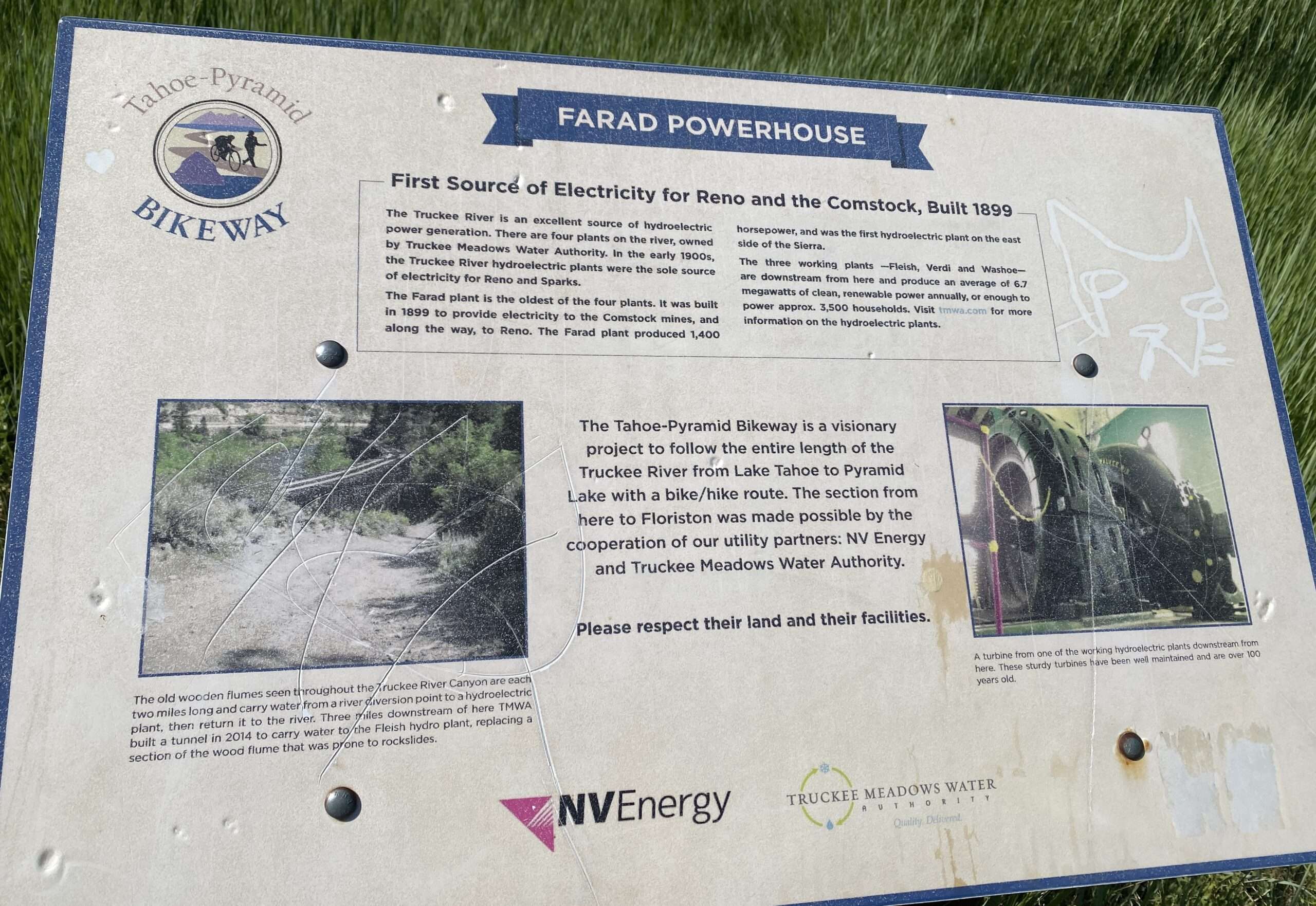
Nevada Expeditions has a nice article about the history of the Farad powerhouse.
Floristan
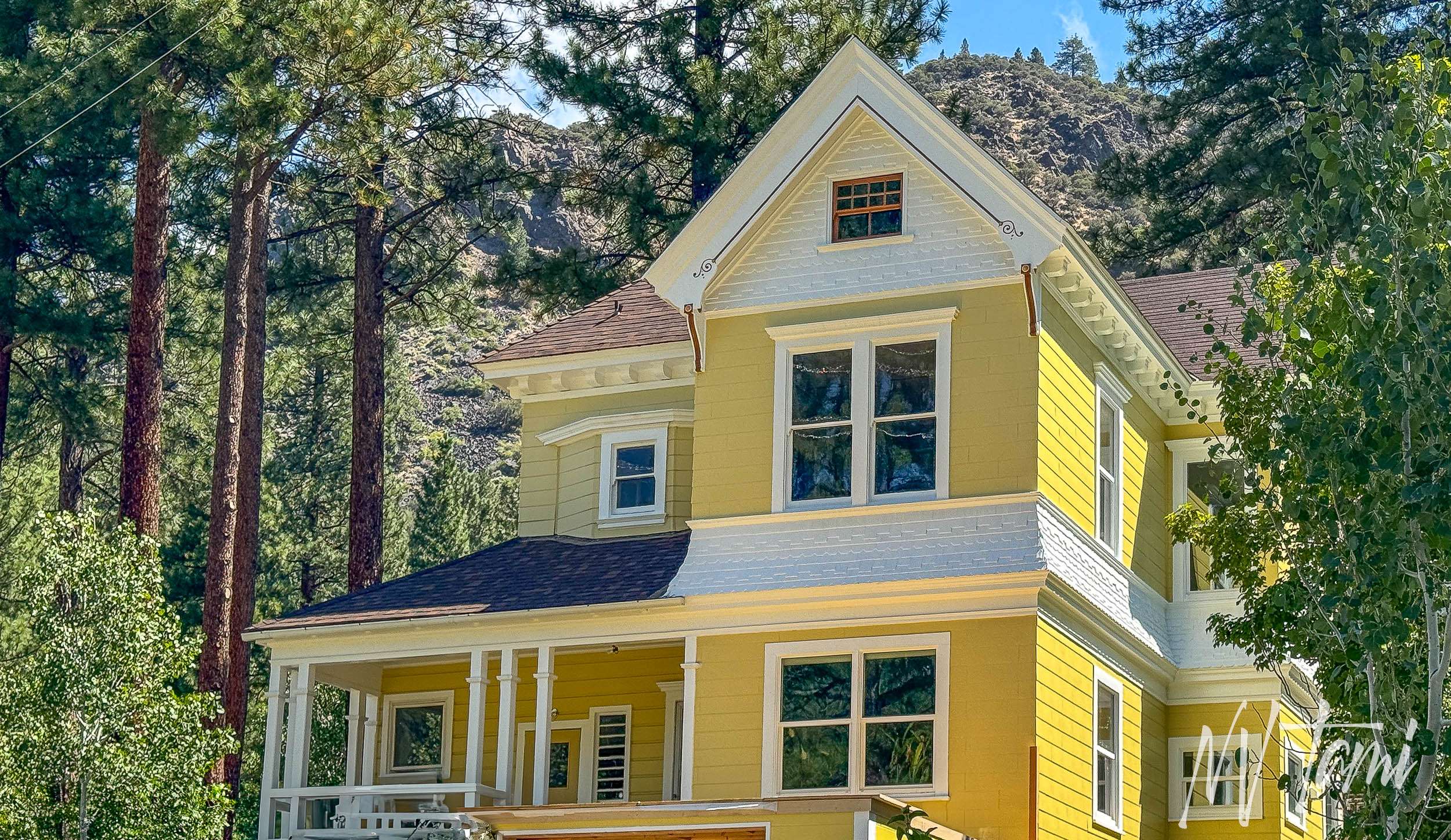
The Central Pacific Railroad created a construction camp at Bronco Creek in 1867. Between the 1870s and 1880s, the Wicks brothers owned a telegraph office, store, and lumber yard. Two ice companies operated at Bronco: Rocky Run and Floriston Ice. The town’s name changed to Floriston in 1891.
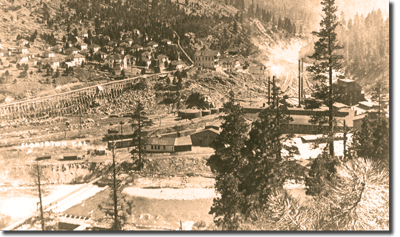
(Photo credit: Floirston Property Owners Association)
In 1899, the Floriston Pulp and Paper Company built one of the world’s largest pulp and paper mills. A company town housed employees, including homes, a hotel, stores, and a school.
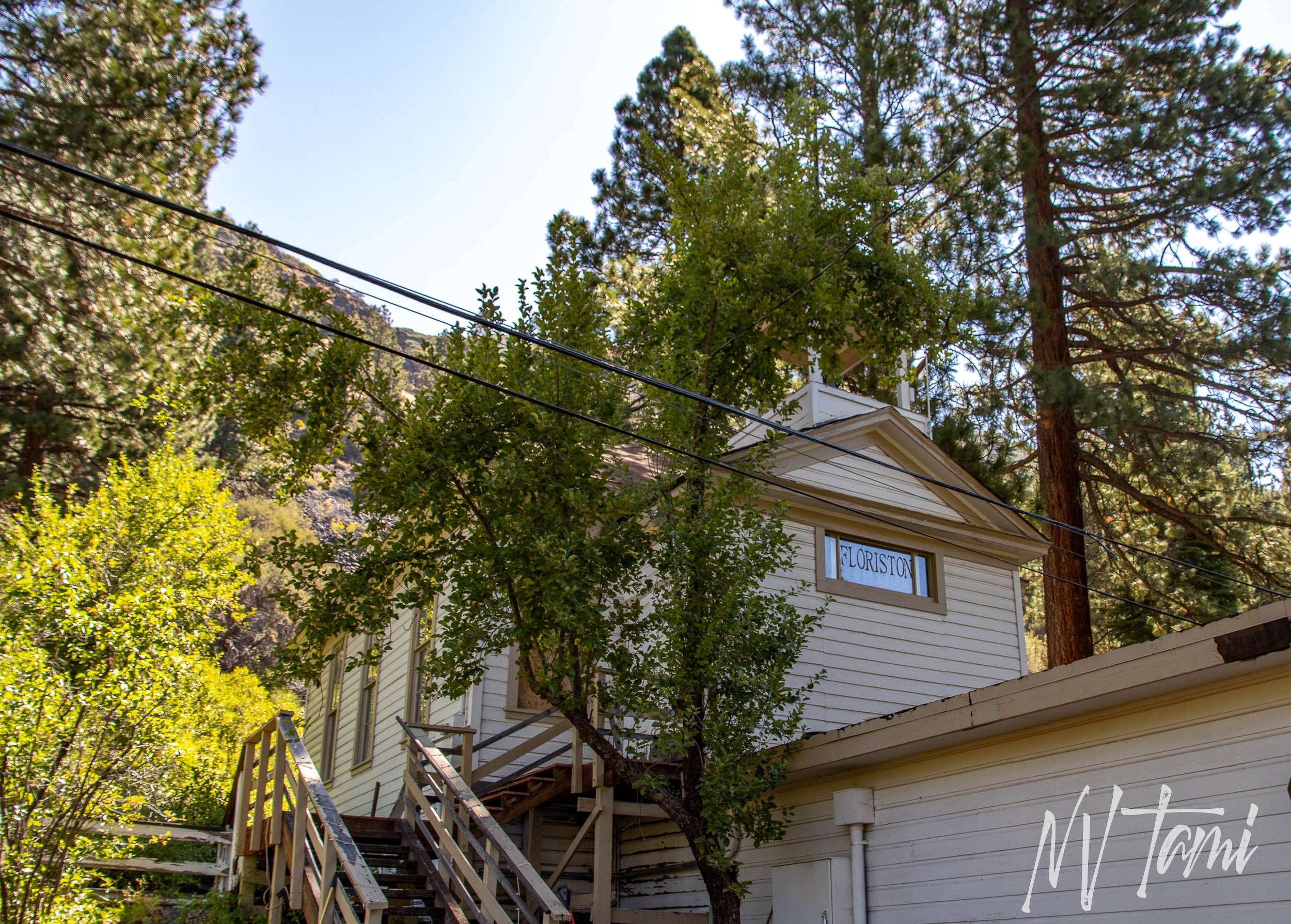
After the mill closed in 1930 due to environmental issues, Floriston became a ghost town. In 1947, an attorney bought the town. Floriston is now a small community along the Truckee River.
BOCA
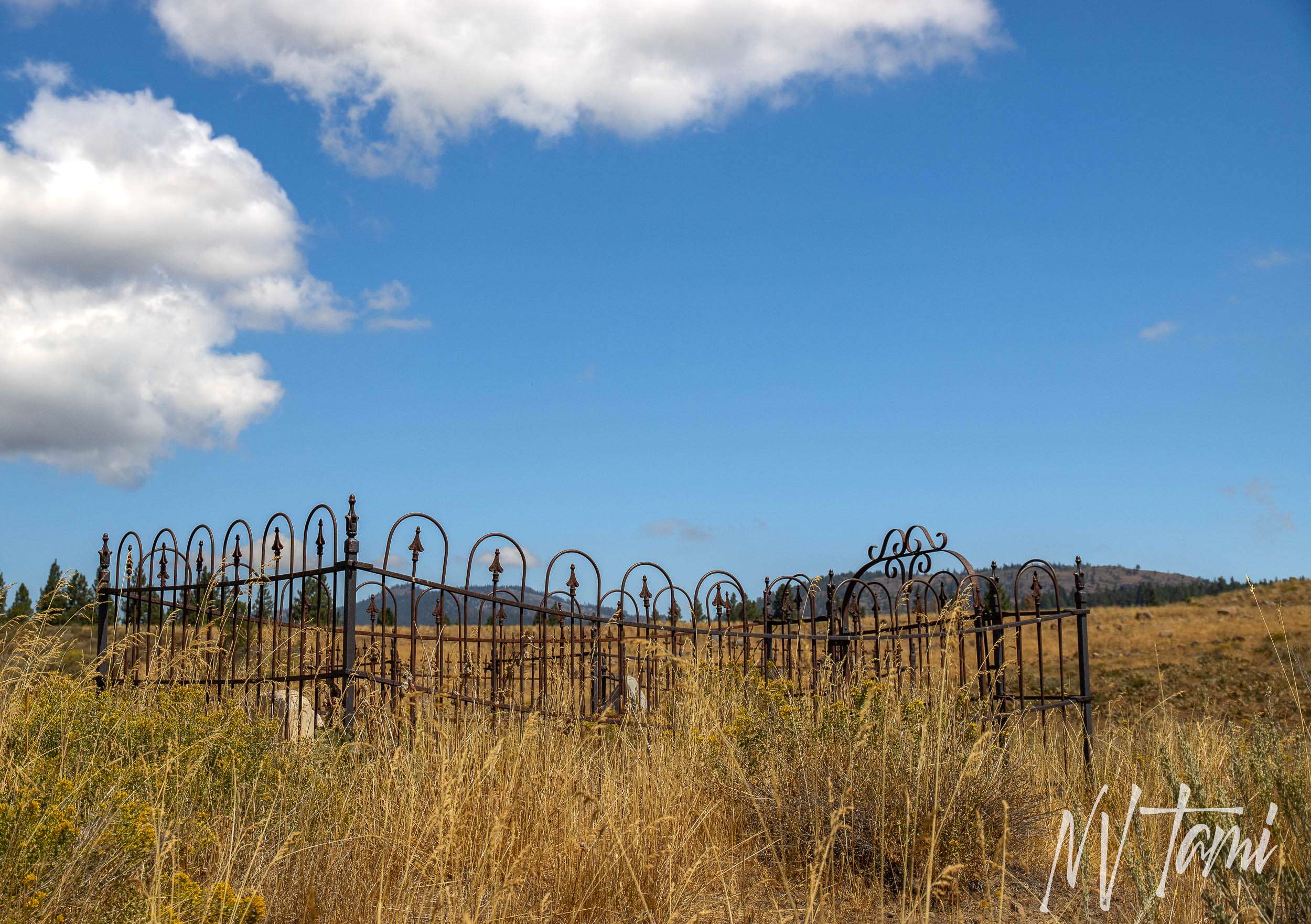
Boca started as a construction camp for workers on the transcontinental railroad. The Boca Mill and Ice Company was founded in 1868. The town became a major producer of ice, lumber and beer.

(Photo credit: Truckee Donner Historical Society)
Fire destroyed the brewery in 1893, but the owners did not rebuild. Refrigeration ended the need for ice companies and trees for the lumber yard soon and out. Fire again struck in 1904, this time destroying the hotel. The Boca post office operated until 1945.
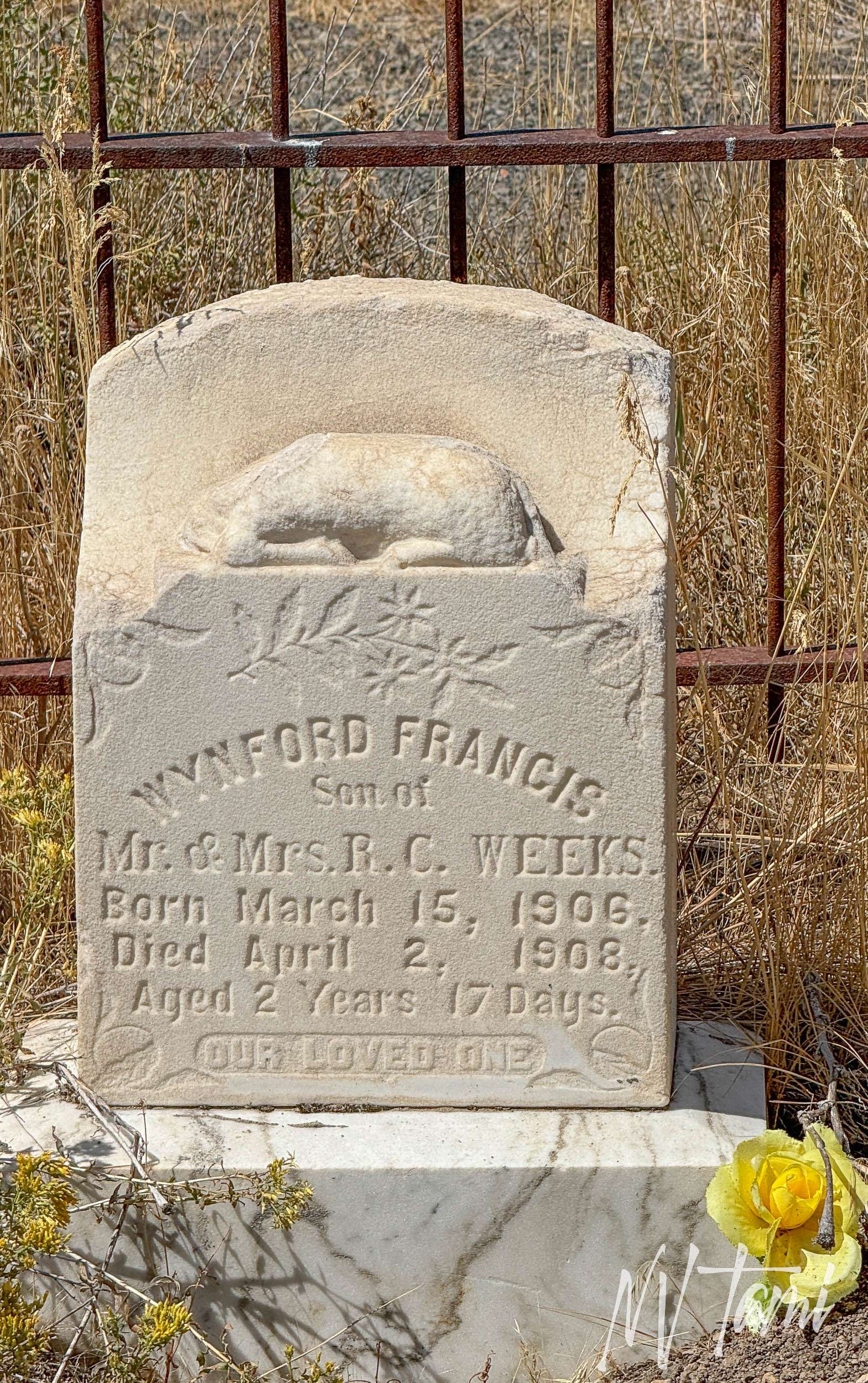
Foundations and the cemetery mark Boca’s site. You can follow a trail with interpretive signs around the ghost town. People gathered debris of Boca on rocks, like an outdoor museum.
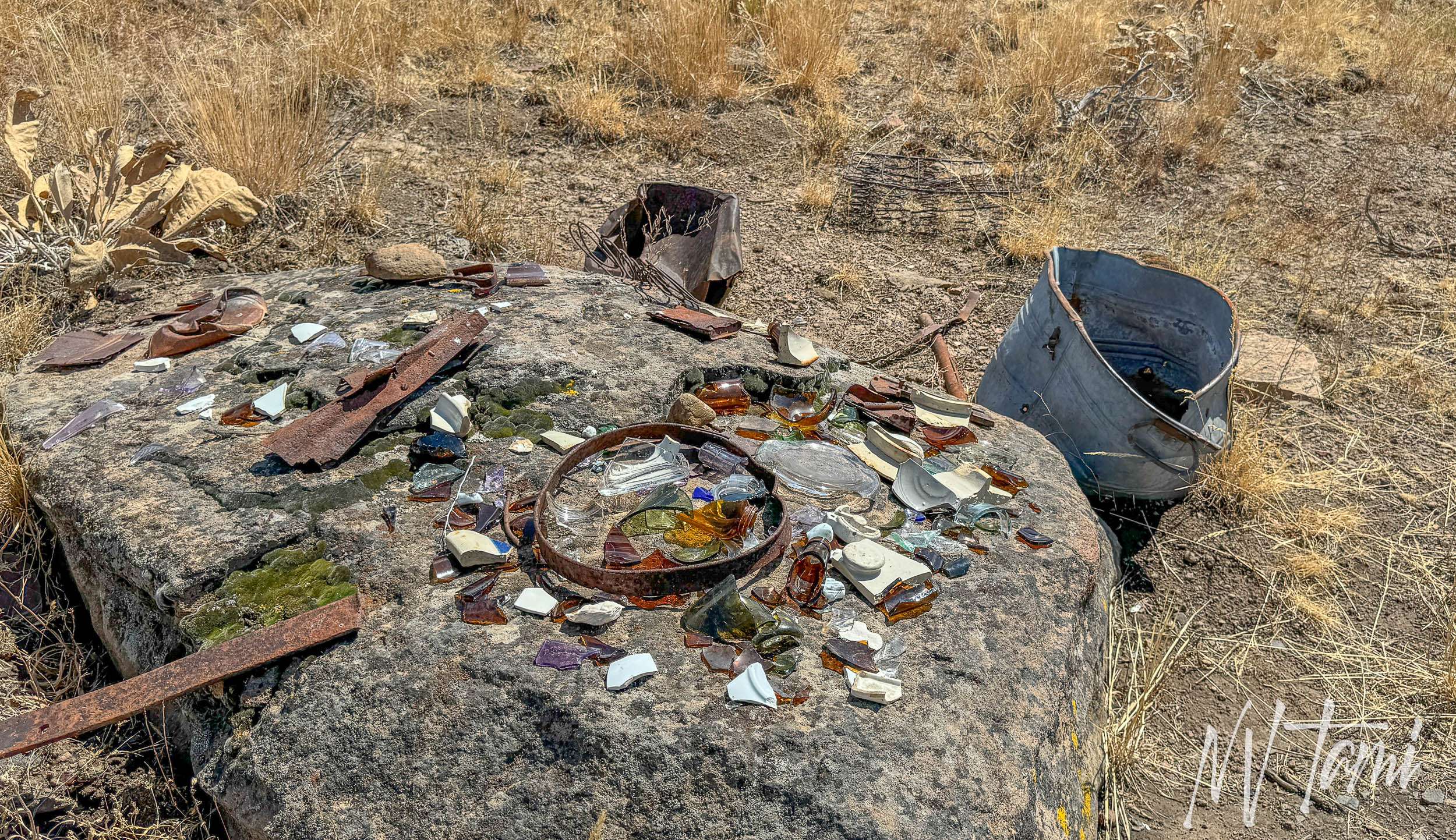
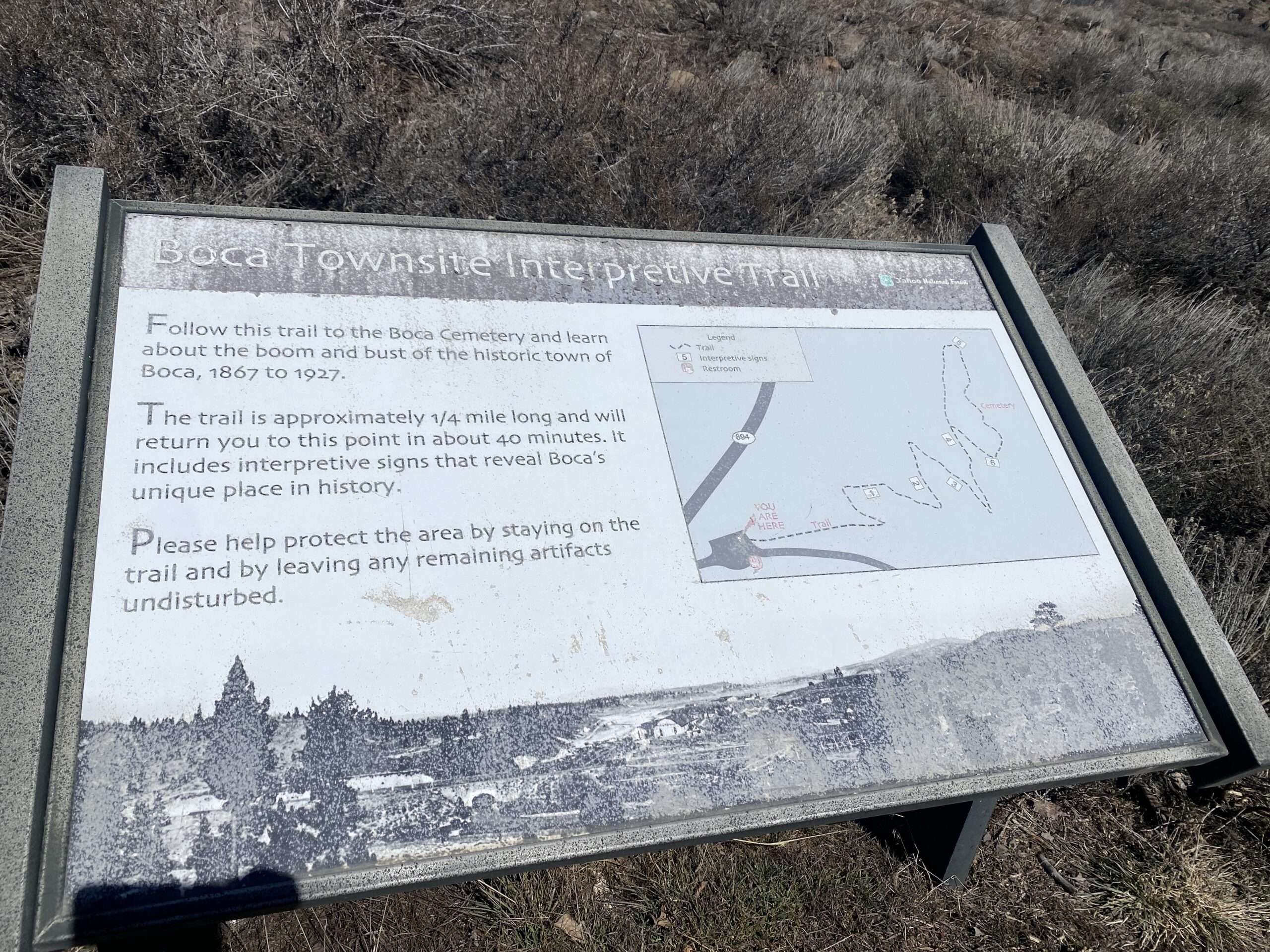
Alder Creek
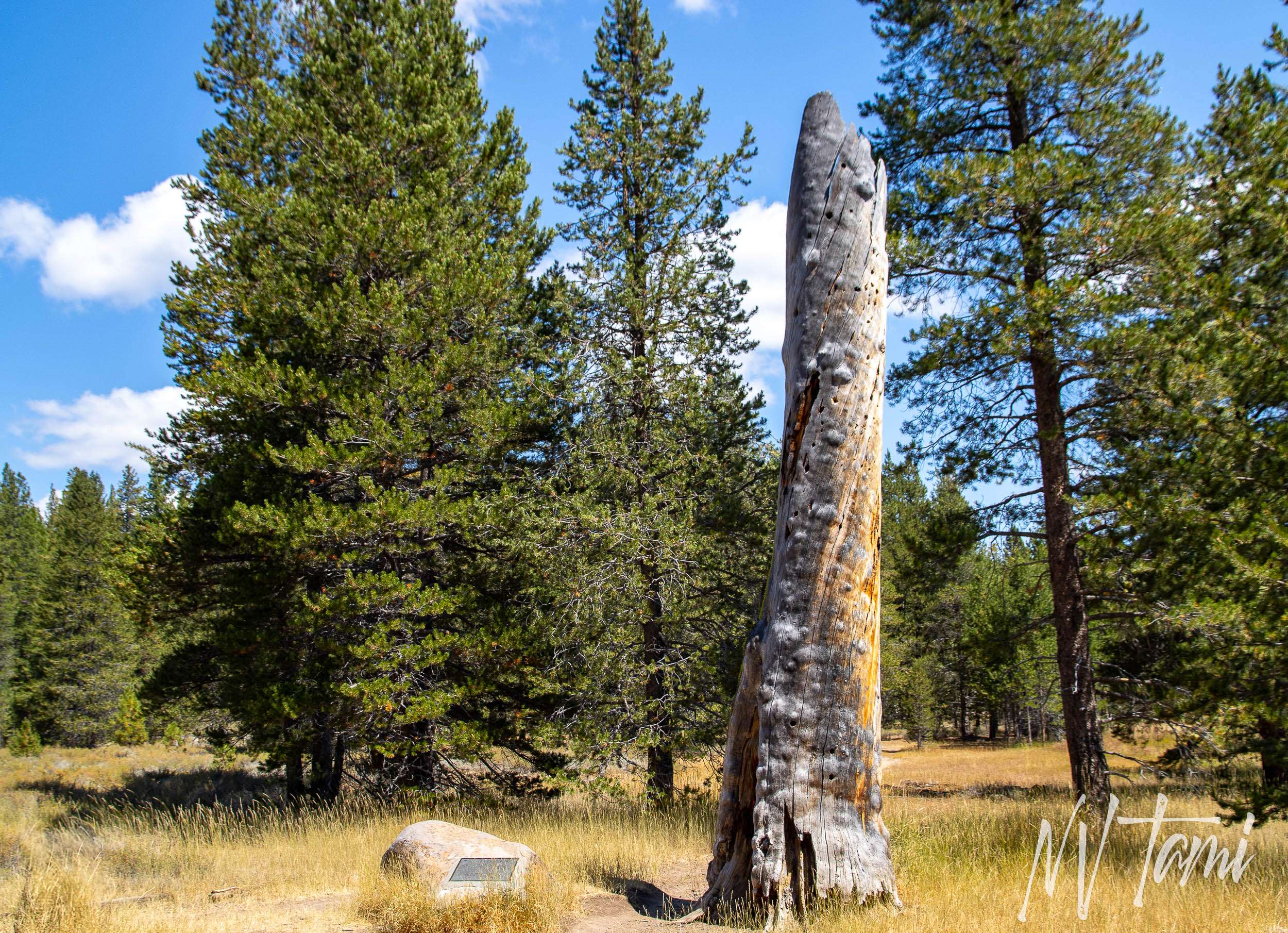
The George and Jacob Donner families, along with their teamsters, camped at Alder Creek. Due to injury and wagon damage, the Donners were a day behind the main group.
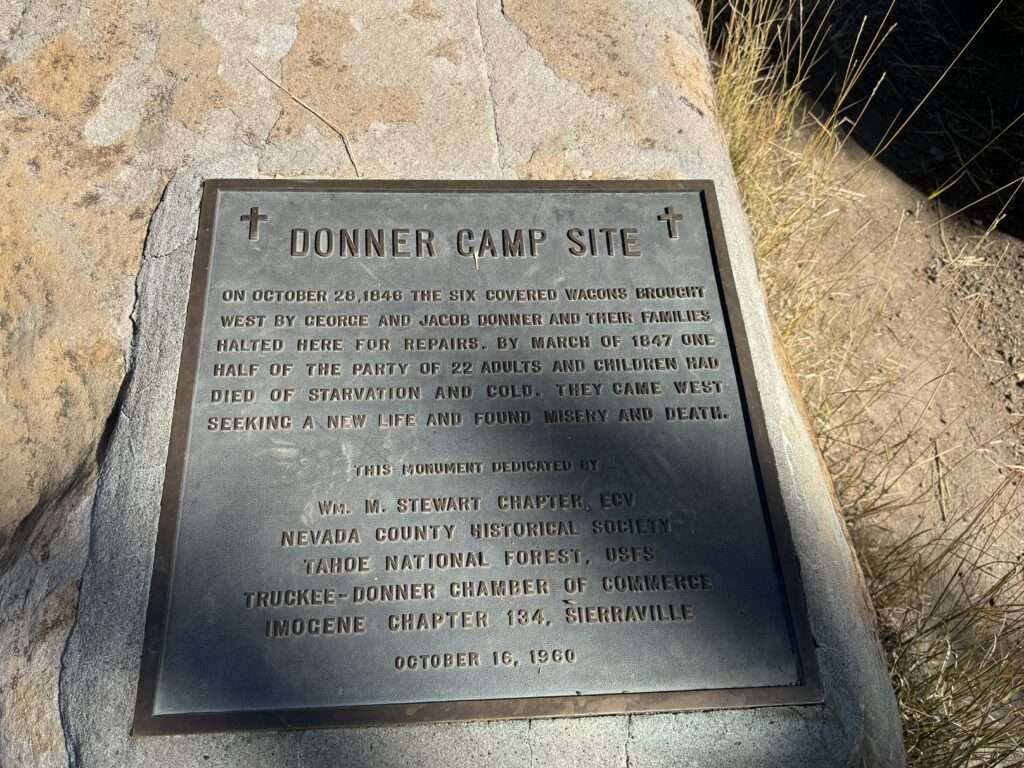
Some believe the Donner’s shelter was against this tree.
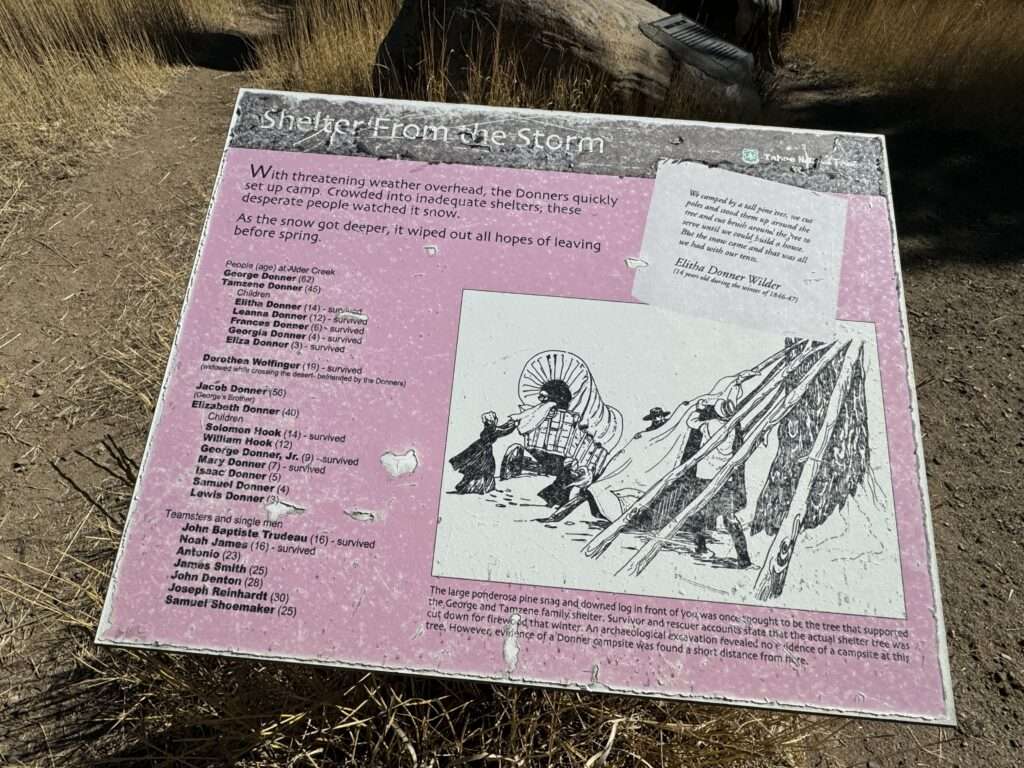
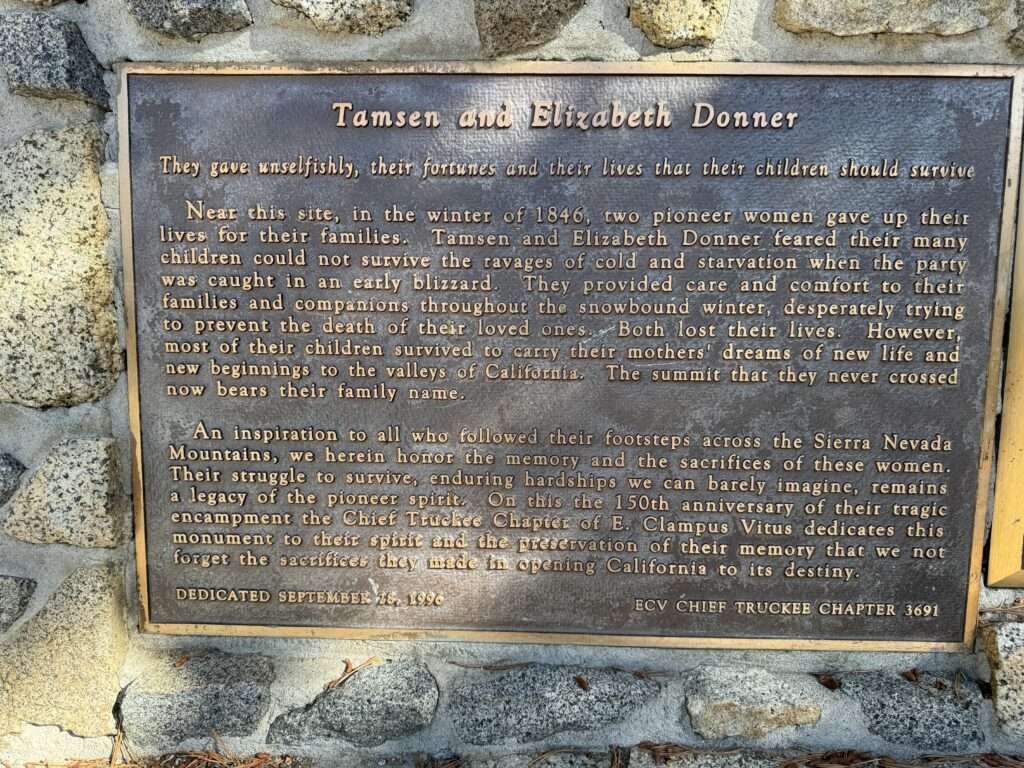
Truckee Donner Pass Summit Tunnels, China Wall of the Sierrra
Truckee Train Tunnels
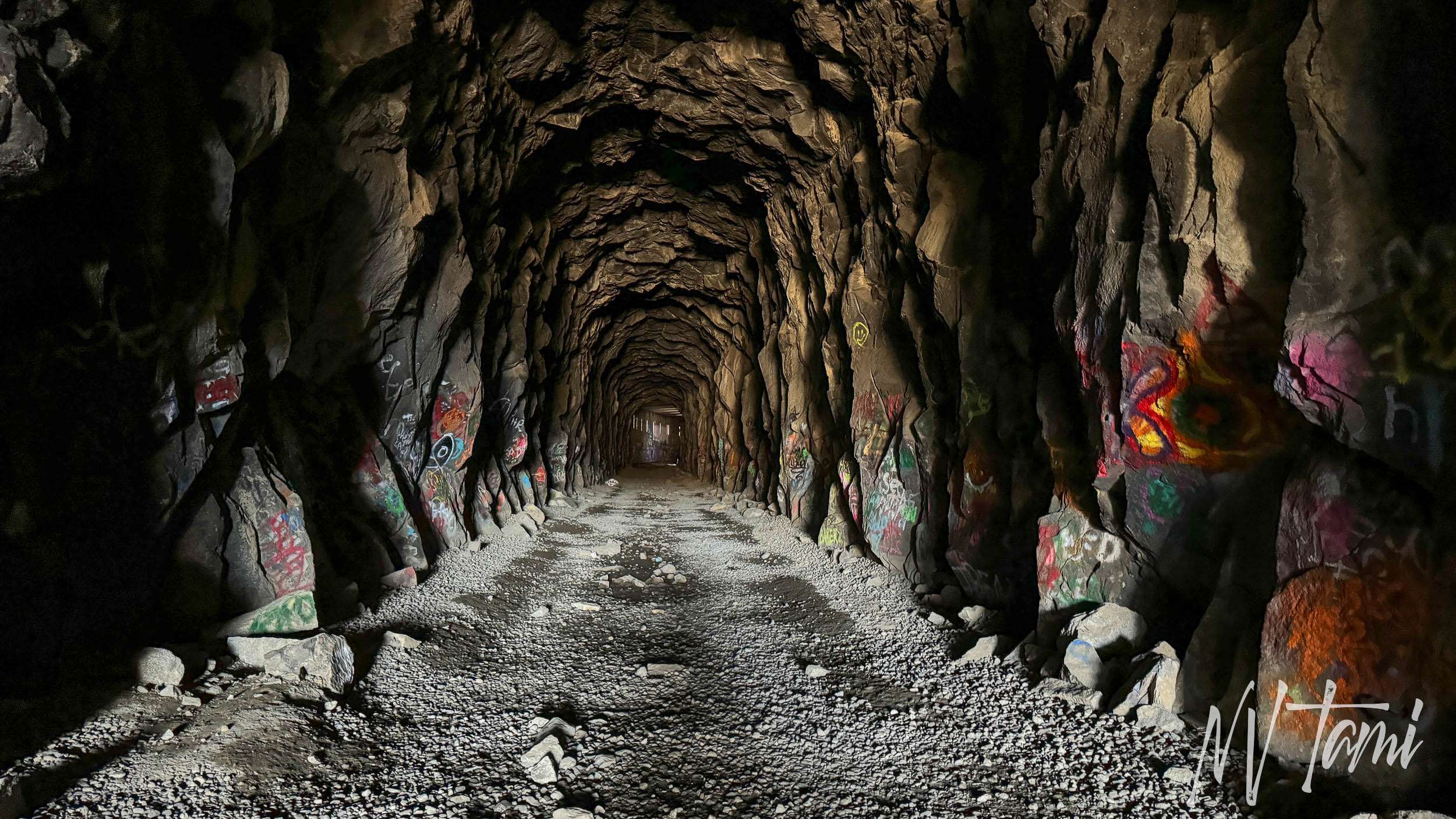
In the race to complete the Transcontinental Railroad, the Central Pacific Railroad built a line from Sacramento, California, east 690 miles. They had 300 miles less to complete than the Union Pacific but had to cross the formidable Sierra.
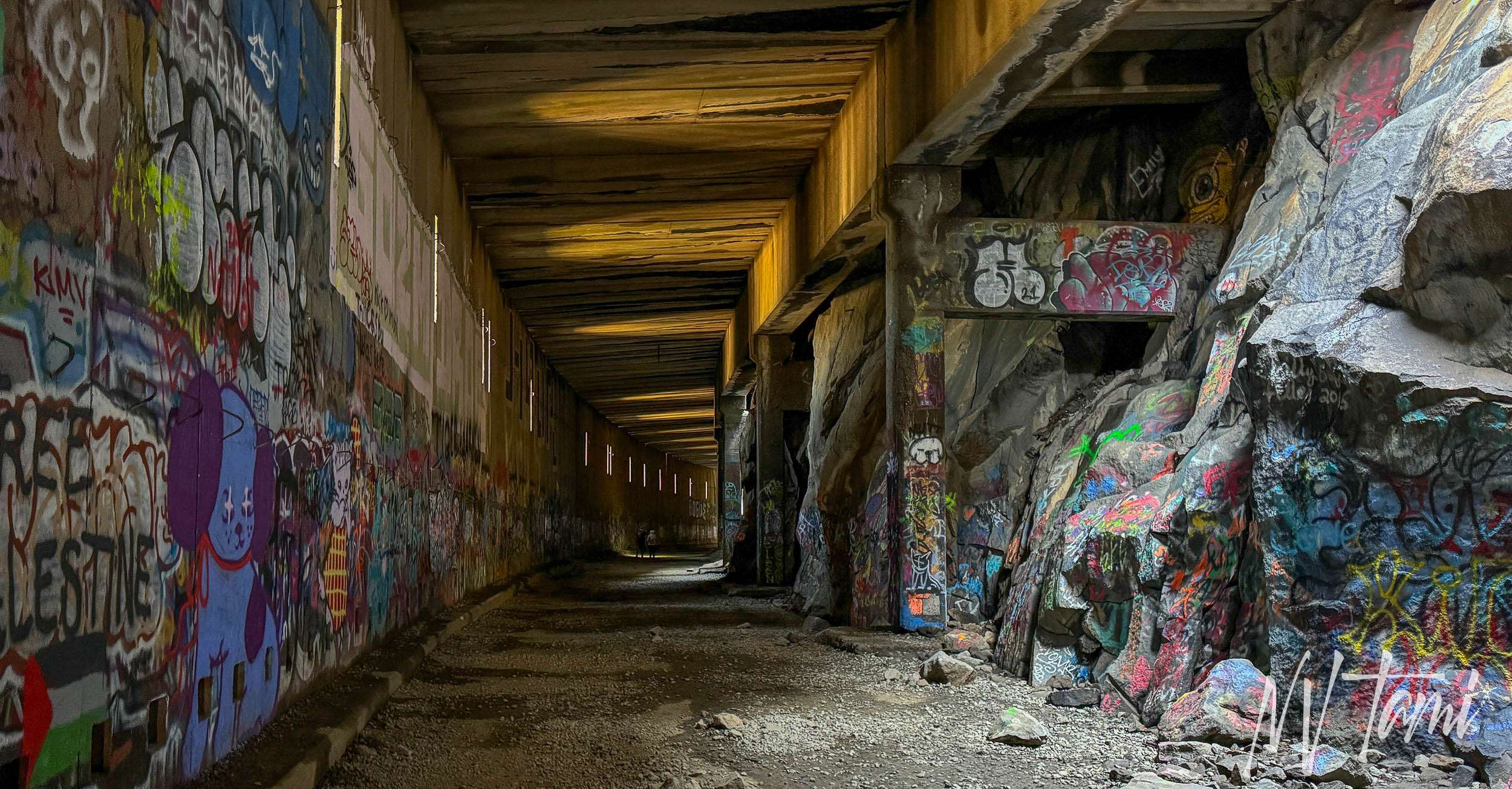
The crews cut an average of a foot of the new tunnel daily, using hand drilling, black powder, and nitroglycerin. The Silver Rush in the Comstock drew most men so the railroads needed help finding workers. Miners’ unions prohibited the Chinese from working underground, so they worked as laborers, woodcutters, laundrymen, and servants. The railroad recruited California Chinese gold miners and later recruited them directly from China. It was dangerous work, and an estimated 500 to 1,000 Chinese lost their lives.
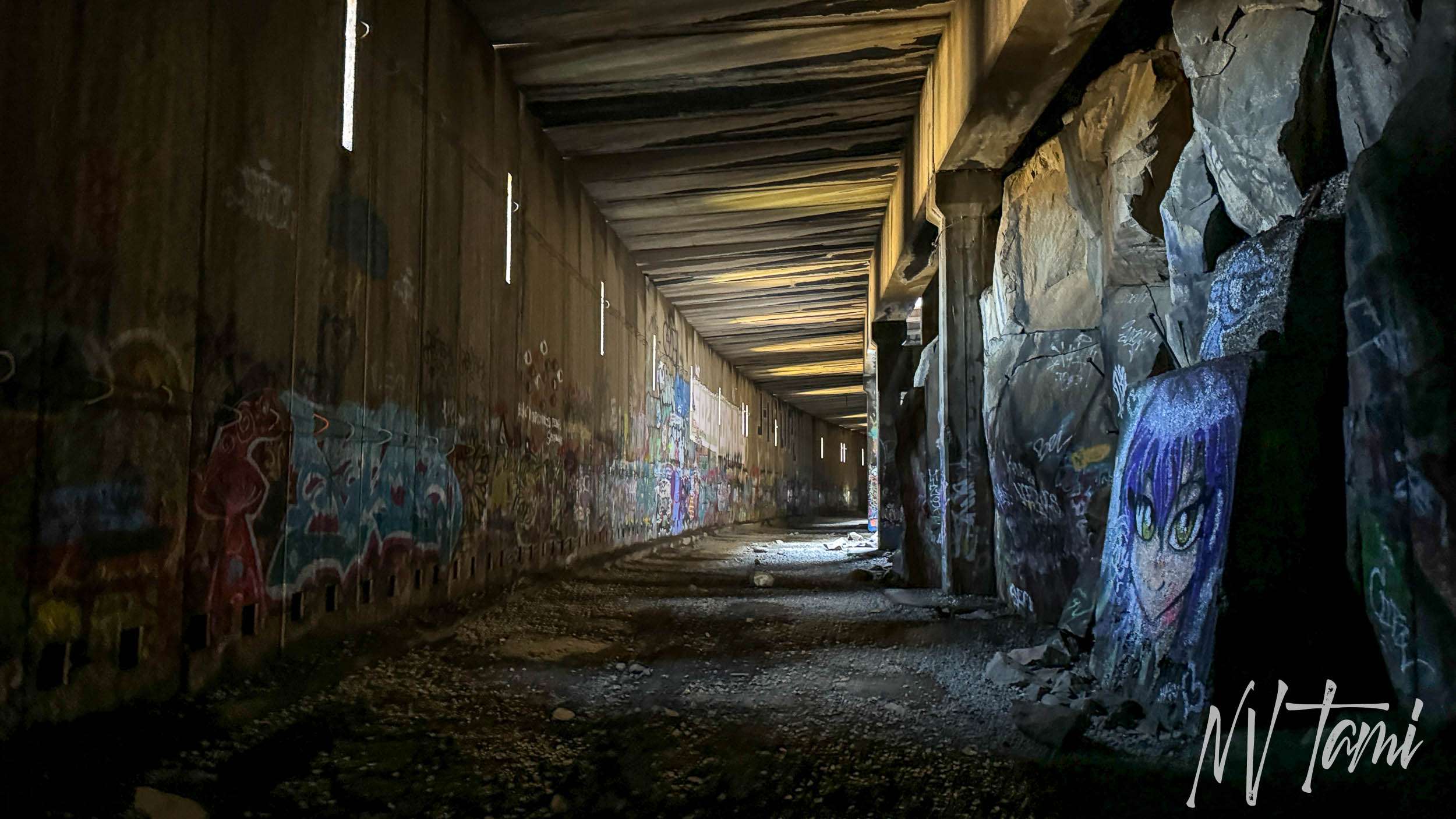
China Wall of the Sierra
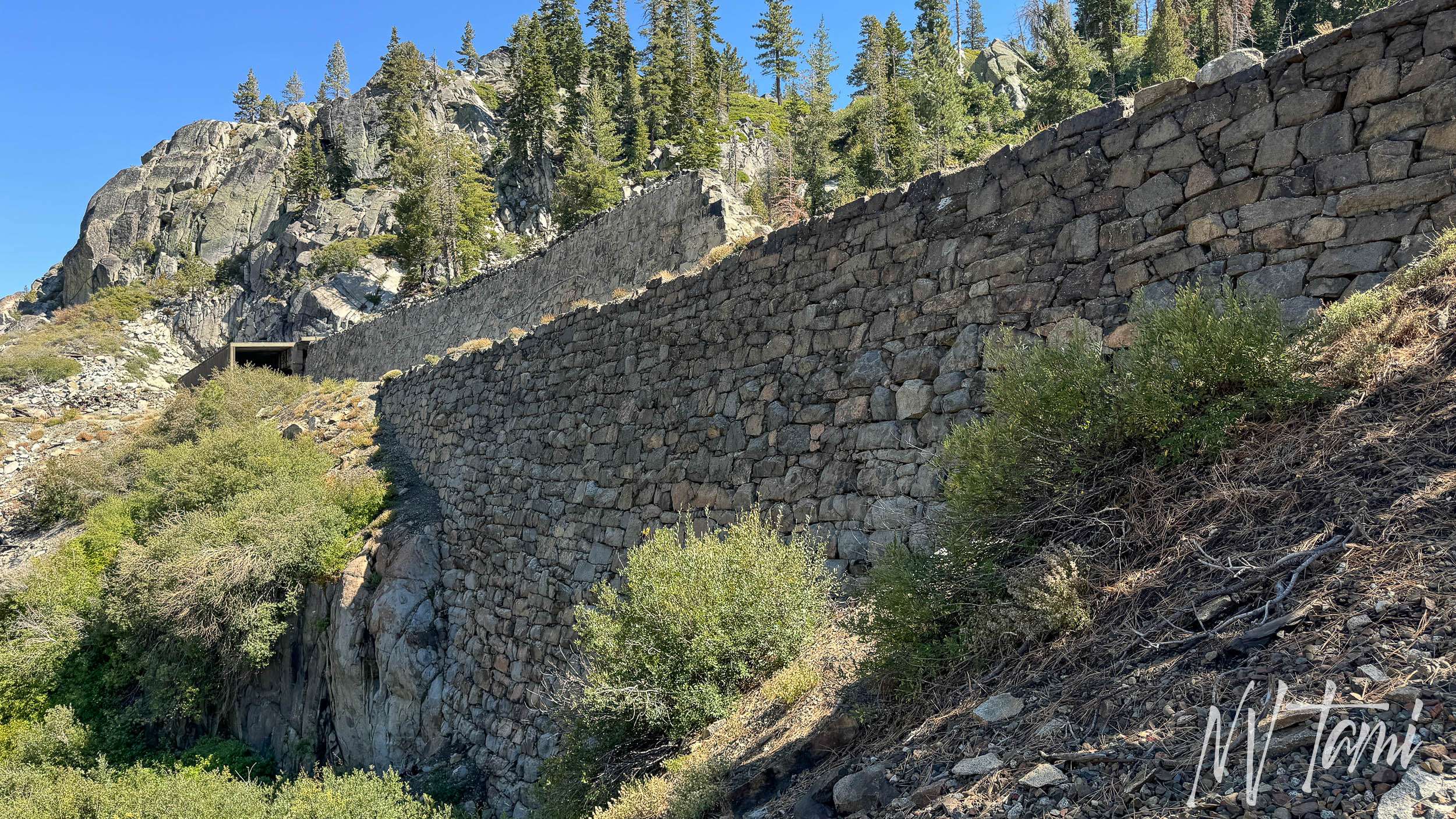
As railroad workers blasted and dug the Donner Pass Summit Tunnels, they moved rubble to ravines along the tunnels.

Workers fitted together rocks to create a 150-foot-tall retaining wall. The wall was constructed with dry fill and no mortar. Chinese workers constructed two walls. The monument from Truckee Donner Historical Society is a “lasting monument to the Asian “Master Builders” who left an indelible mark on the history of California and the West.
Donner Pass Petroglyphs
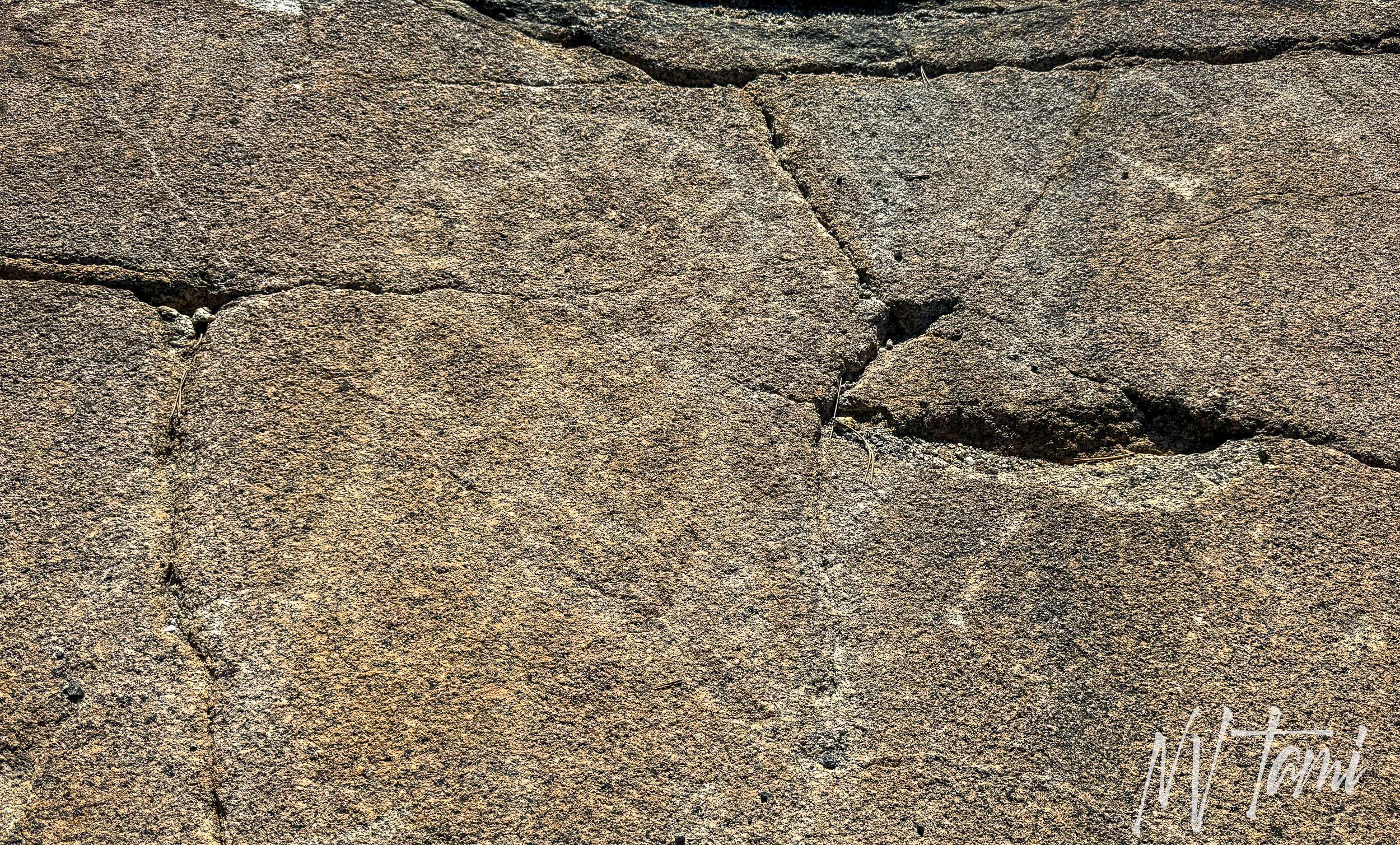
Native Americans also left their mark on Lake Tahoe. More than 200 petroglyphs cover the granite rock above Truckee. The petroglyphs were pecked into the surface of granite slabs using a hammerstone. They were made 1,500 to 4,000 years ago by the Martis Culture, possibly ancestors to the Washoe.
Most Truckee petroglyphs are geometric, but a few human and animal forms and animal prints are present. Archeologists believe the shapes have a great meaning to the Martis Culture.
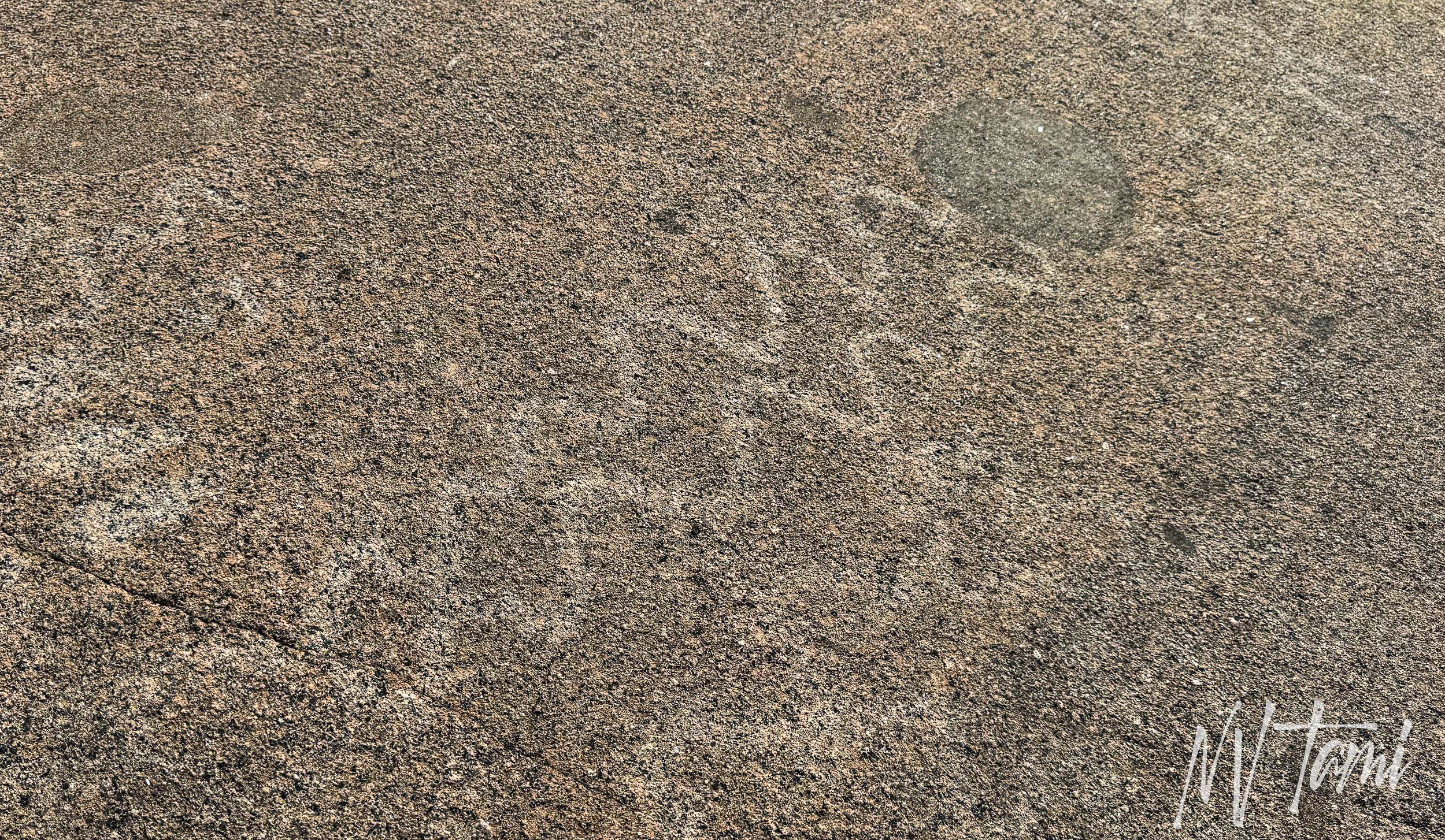
You can read more about the tunnels and China Wall here.
Rainbow bridge and Donner Lake

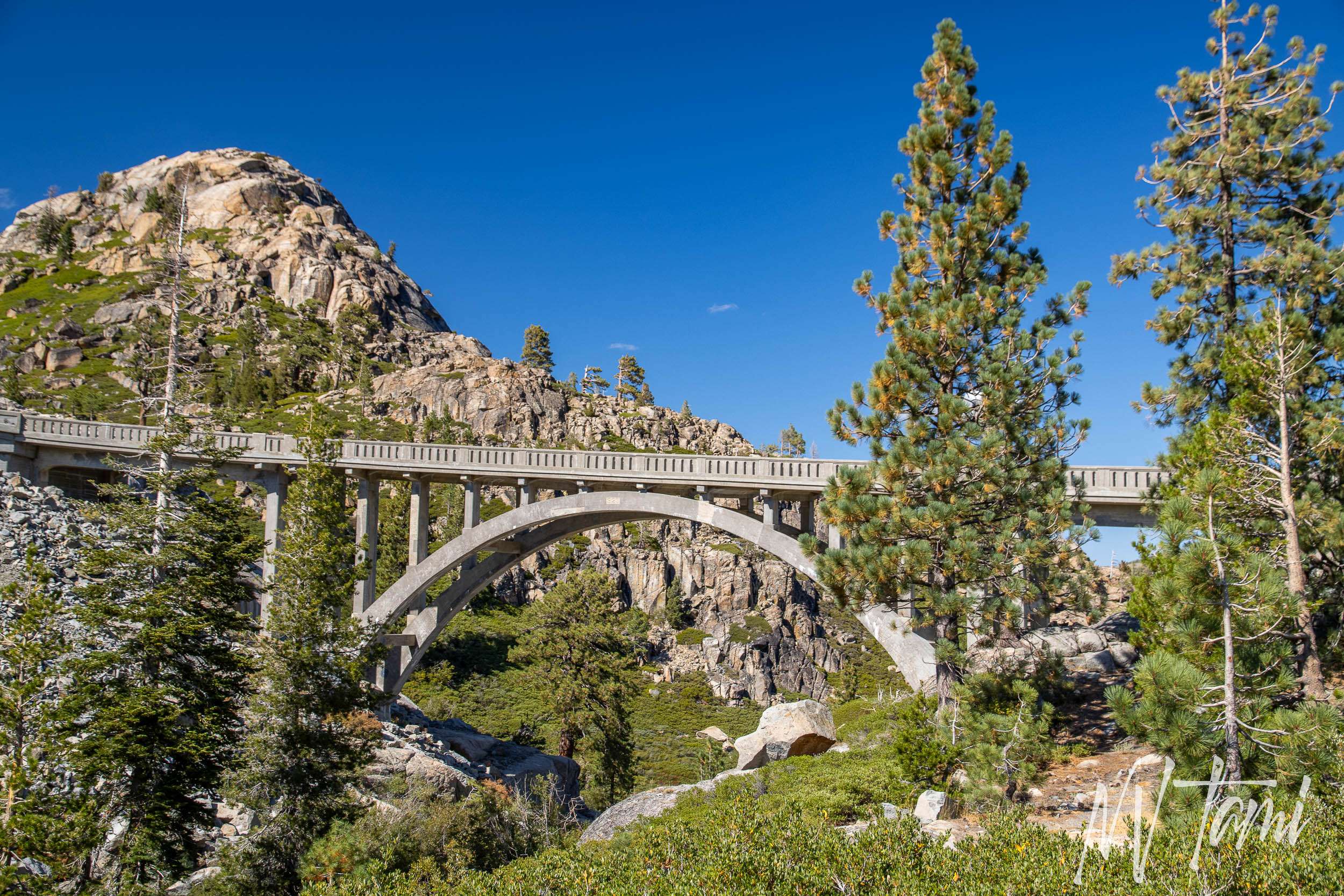
Beth’s Little Whore House in Texas
Friends have an annual party and go all out. Each year has a different theme; they must spend a year preparing. Each theme is complete with decor, food, music, ambiance and a classic vehicle. This year’s theme was Beth’s Little Whore House in Texas. The dress code was boxers or bustiers.
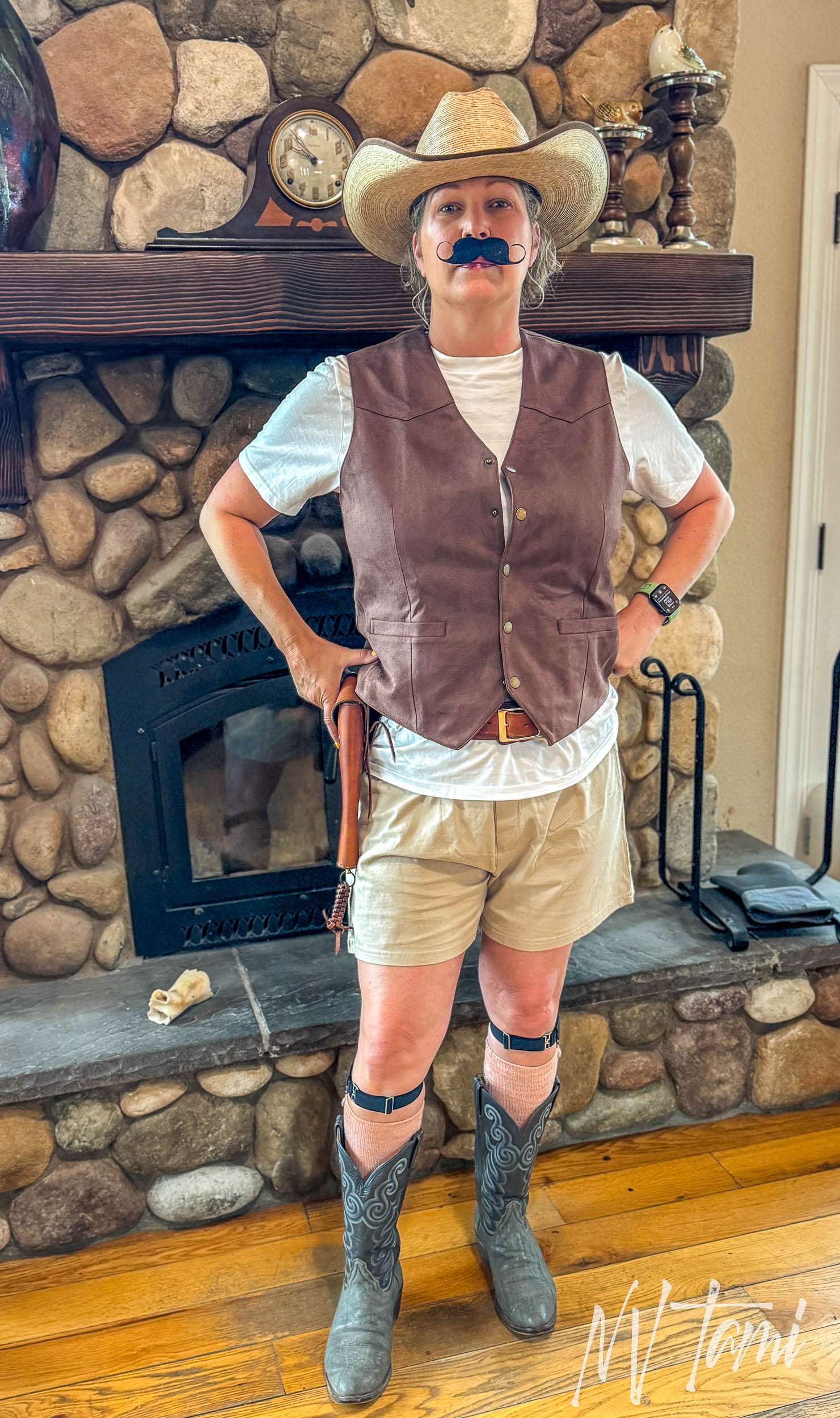
I’m sure Beth meant for women to be in bustiers, but I opted for boxers. The women were all dressed up, or should I say dressed down? I went in boxers, sock garters, western vest, cowboy boots and hat, and a revolver. I had a mustache malfunction and had to change styles.
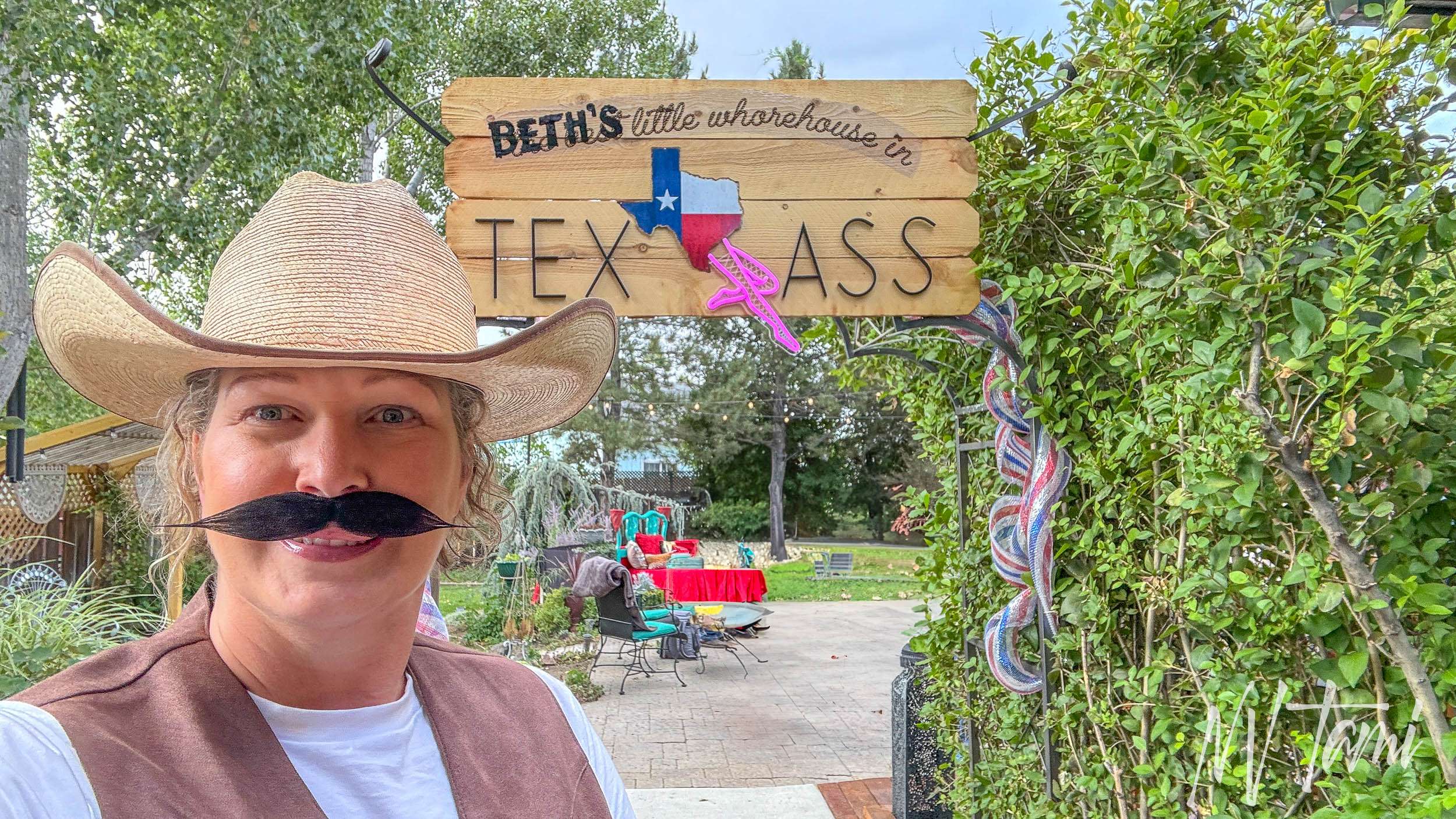
Everyone had to have a secret name, Hubby called me “Caught in the act.”
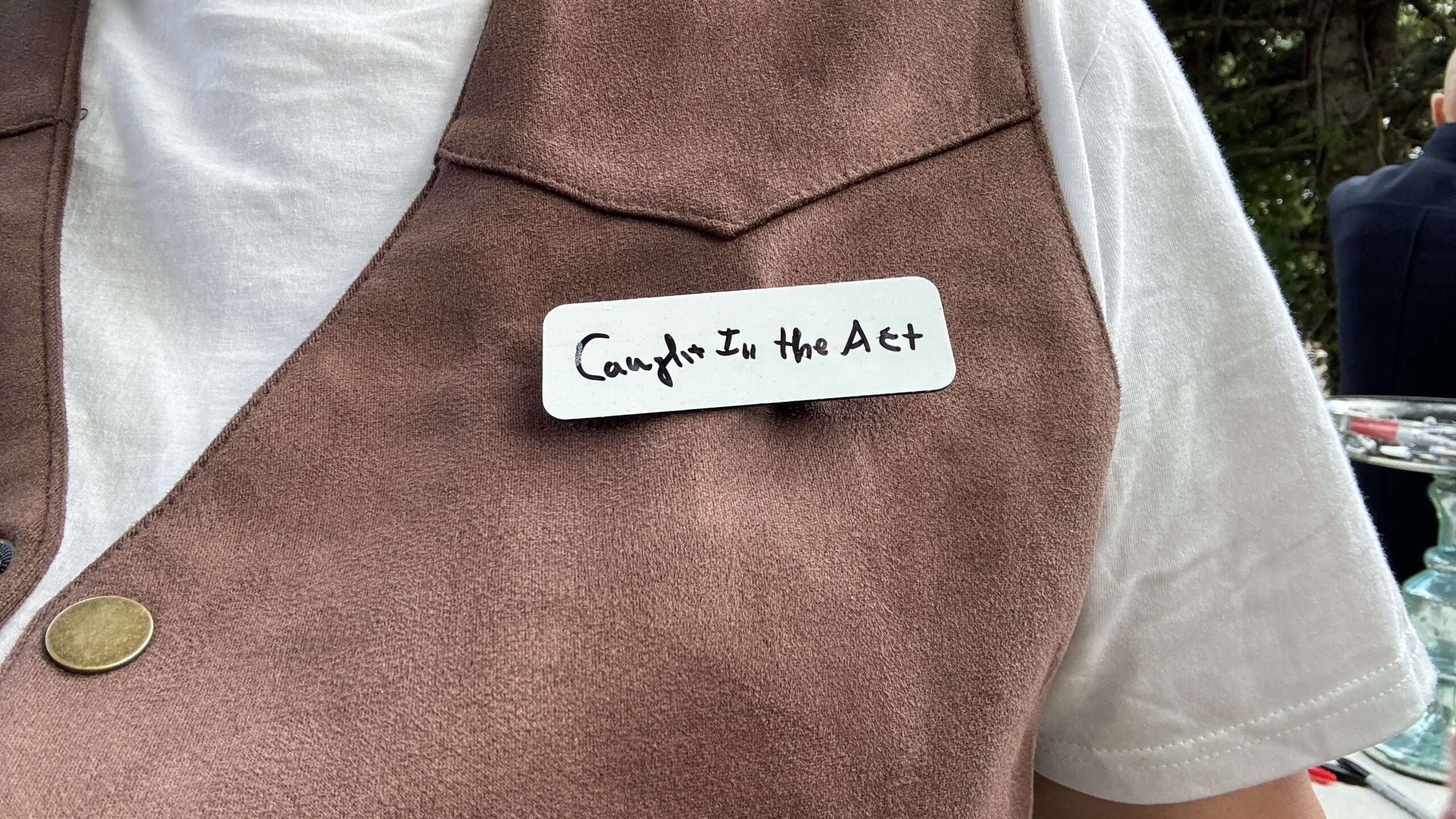
I’m not one to say look at my butt, but everyone was looking at it!
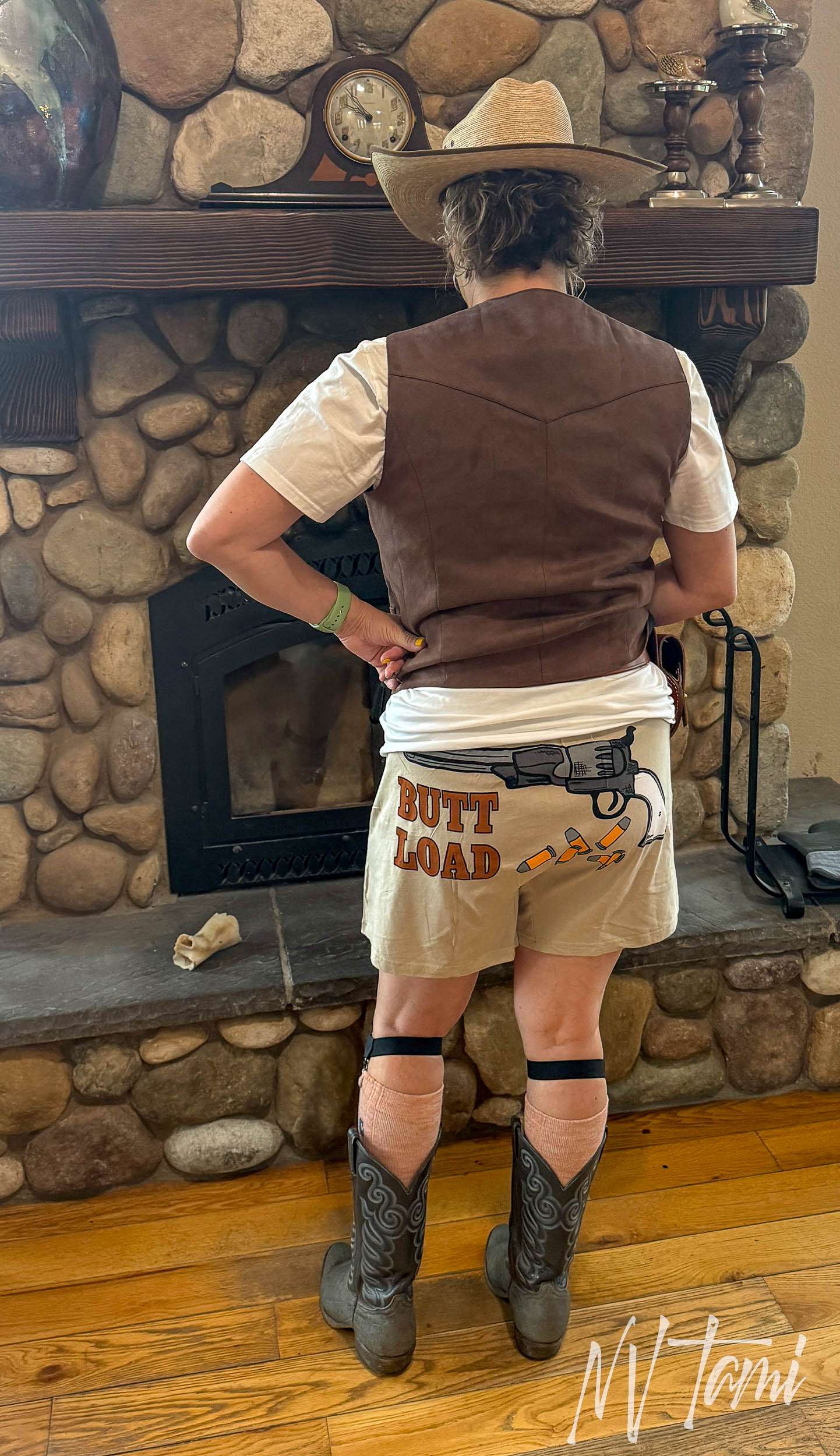
Their last party was a WWII theme. Leave it to me; when I arrived, all the women looked adorable in stylish dresses, pin-up clothes, and heels. So what does Tami arrive in? Denim shirt, jeans, combat-style boots, and a bandana: driving a Jeep, of course.

Follow me on social media:
Leave a Reply